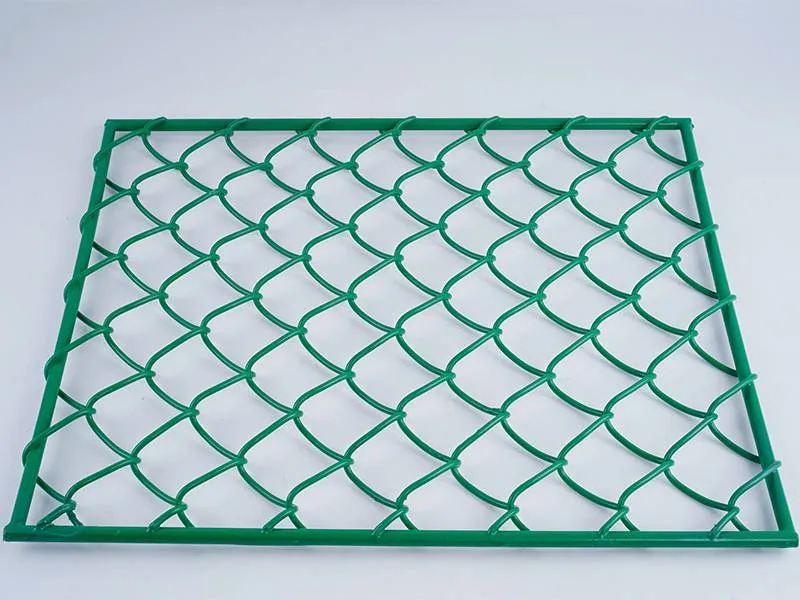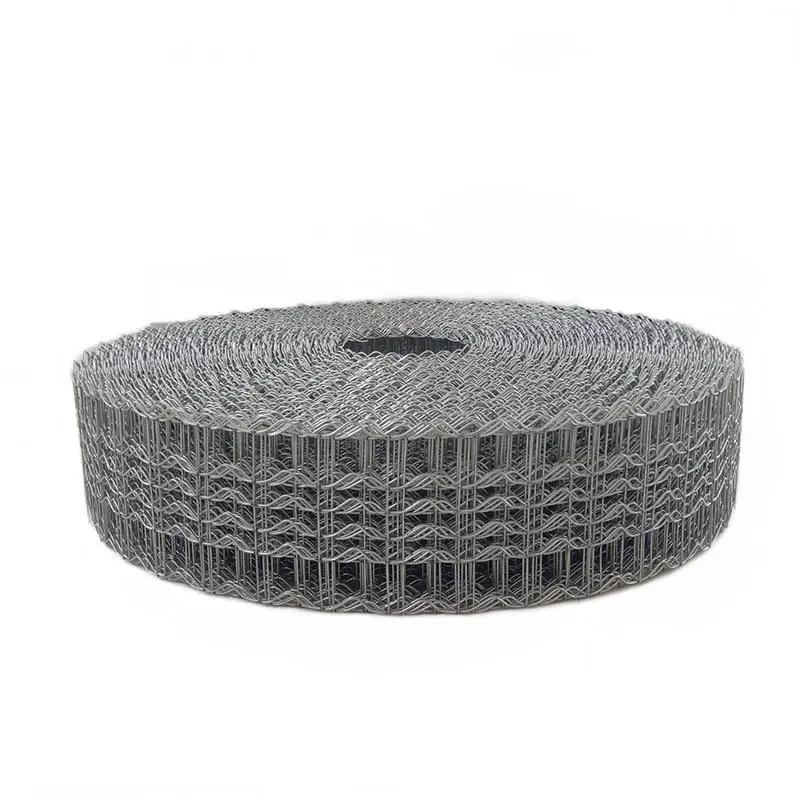- Industrial zone, South of Anping Town, Hengshui, Hebei, China.
- sales@hfpetromesh.com
- +86-18931809706
 Afrikaans
Afrikaans  Albanian
Albanian  Amharic
Amharic  Arabic
Arabic  Armenian
Armenian  Azerbaijani
Azerbaijani  Basque
Basque  Belarusian
Belarusian  Bengali
Bengali  Bosnian
Bosnian  Bulgarian
Bulgarian  Catalan
Catalan  Cebuano
Cebuano  Corsican
Corsican  Croatian
Croatian  Czech
Czech  Danish
Danish  Dutch
Dutch  English
English  Esperanto
Esperanto  Estonian
Estonian  Finnish
Finnish  French
French  Frisian
Frisian  Galician
Galician  Georgian
Georgian  German
German  Greek
Greek  Gujarati
Gujarati  Haitian Creole
Haitian Creole  hausa
hausa  hawaiian
hawaiian  Hebrew
Hebrew  Hindi
Hindi  Miao
Miao  Hungarian
Hungarian  Icelandic
Icelandic  igbo
igbo  Indonesian
Indonesian  irish
irish  Italian
Italian  Japanese
Japanese  Javanese
Javanese  Kannada
Kannada  kazakh
kazakh  Khmer
Khmer  Rwandese
Rwandese  Korean
Korean  Kurdish
Kurdish  Kyrgyz
Kyrgyz  Lao
Lao  Latin
Latin  Latvian
Latvian  Lithuanian
Lithuanian  Luxembourgish
Luxembourgish  Macedonian
Macedonian  Malgashi
Malgashi  Malay
Malay  Malayalam
Malayalam  Maltese
Maltese  Maori
Maori  Marathi
Marathi  Mongolian
Mongolian  Myanmar
Myanmar  Nepali
Nepali  Norwegian
Norwegian  Norwegian
Norwegian  Occitan
Occitan  Pashto
Pashto  Persian
Persian  Polish
Polish  Portuguese
Portuguese  Punjabi
Punjabi  Romanian
Romanian  Russian
Russian  Samoan
Samoan  Scottish Gaelic
Scottish Gaelic  Serbian
Serbian  Sesotho
Sesotho  Shona
Shona  Sindhi
Sindhi  Sinhala
Sinhala  Slovak
Slovak  Slovenian
Slovenian  Somali
Somali  Spanish
Spanish  Sundanese
Sundanese  Swahili
Swahili  Swedish
Swedish  Tagalog
Tagalog  Tajik
Tajik  Tamil
Tamil  Tatar
Tatar  Telugu
Telugu  Thai
Thai  Turkish
Turkish  Turkmen
Turkmen  Ukrainian
Ukrainian  Urdu
Urdu  Uighur
Uighur  Uzbek
Uzbek  Vietnamese
Vietnamese  Welsh
Welsh  Bantu
Bantu  Yiddish
Yiddish  Yoruba
Yoruba  Zulu
Zulu
- Afrikaans
- Albanian
- Amharic
- Arabic
- Armenian
- Azerbaijani
- Basque
- Belarusian
- Bengali
- Bosnian
- Bulgarian
- Catalan
- Cebuano
- Corsican
- Croatian
- Czech
- Danish
- Dutch
- English
- Esperanto
- Estonian
- Finnish
- French
- Frisian
- Galician
- Georgian
- German
- Greek
- Gujarati
- Haitian Creole
- hausa
- hawaiian
- Hebrew
- Hindi
- Miao
- Hungarian
- Icelandic
- igbo
- Indonesian
- irish
- Italian
- Japanese
- Javanese
- Kannada
- kazakh
- Khmer
- Rwandese
- Korean
- Kurdish
- Kyrgyz
- Lao
- Latin
- Latvian
- Lithuanian
- Luxembourgish
- Macedonian
- Malgashi
- Malay
- Malayalam
- Maltese
- Maori
- Marathi
- Mongolian
- Myanmar
- Nepali
- Norwegian
- Norwegian
- Occitan
- Pashto
- Persian
- Polish
- Portuguese
- Punjabi
- Romanian
- Russian
- Samoan
- Scottish Gaelic
- Serbian
- Sesotho
- Shona
- Sindhi
- Sinhala
- Slovak
- Slovenian
- Somali
- Spanish
- Sundanese
- Swahili
- Swedish
- Tagalog
- Tajik
- Tamil
- Tatar
- Telugu
- Thai
- Turkish
- Turkmen
- Ukrainian
- Urdu
- Uighur
- Uzbek
- Vietnamese
- Welsh
- Bantu
- Yiddish
- Yoruba
- Zulu
Jan . 31, 2025 03:08
Back to list
walkway grates
Trench drain systems play a critical role in managing surface water and preventing flooding in residential, commercial, and industrial settings. One of the key components of these systems is the trench drain grates, which not only serve a practical purpose but also contribute to aesthetic appeal. For those seeking information on “12 trench drain grates”, understanding their applications, material types, installation, and maintenance is essential.
For effective performance, proper installation of trench drain grates is crucial. This involves ensuring grates are securely fitted to prevent displacement under load and are compatible with the trench drain channel system. Improper installation can lead to failures such as buckling or displacement, resulting in inefficiencies in water management and hazards like trip points. Like all outdoor infrastructure components, maintenance of trench drain grates prolongs their life span and efficiency. Regular inspection is necessary to remove debris that may obstruct water flow or cause wear. Cleaning can be performed using pressure washing or mild cleaning solutions to preserve their integrity, particularly for metal grates. For installations in high-traffic areas, regularly checking for damage and wear is vital to maintaining safety and operational efficiency. In addition to functionality and performance, ensuring compliance with local regulations and standards is vital when selecting trench drain grates. This may involve adherence to standards such as Americans with Disabilities Act (ADA) compliance regarding surface openings and slip resistance, especially in public areas. As the trends lean more towards sustainability and eco-focused solutions, suppliers and manufacturers are also innovating to provide trench drain grates made from recycled materials or focused on minimizing environmental footprints. These sustainable options not only contribute to environmental responsibility but also often qualify for credits in green building certification systems such as LEED. In conclusion, selecting the right trench drain grates requires a careful balance between material choice, functional requirements, aesthetic preferences, and compliance with safety standards. With an increasingly diverse market offering from metal to polymer, and considering aspects like load capacity and environmental resistance, the options available on the market today provide ample opportunity to meet every requirement. For any project, investing time in selecting the appropriate grate can lead to improved performance, safety, and visual appeal, contributing significantly to the overall success of water management solutions.


For effective performance, proper installation of trench drain grates is crucial. This involves ensuring grates are securely fitted to prevent displacement under load and are compatible with the trench drain channel system. Improper installation can lead to failures such as buckling or displacement, resulting in inefficiencies in water management and hazards like trip points. Like all outdoor infrastructure components, maintenance of trench drain grates prolongs their life span and efficiency. Regular inspection is necessary to remove debris that may obstruct water flow or cause wear. Cleaning can be performed using pressure washing or mild cleaning solutions to preserve their integrity, particularly for metal grates. For installations in high-traffic areas, regularly checking for damage and wear is vital to maintaining safety and operational efficiency. In addition to functionality and performance, ensuring compliance with local regulations and standards is vital when selecting trench drain grates. This may involve adherence to standards such as Americans with Disabilities Act (ADA) compliance regarding surface openings and slip resistance, especially in public areas. As the trends lean more towards sustainability and eco-focused solutions, suppliers and manufacturers are also innovating to provide trench drain grates made from recycled materials or focused on minimizing environmental footprints. These sustainable options not only contribute to environmental responsibility but also often qualify for credits in green building certification systems such as LEED. In conclusion, selecting the right trench drain grates requires a careful balance between material choice, functional requirements, aesthetic preferences, and compliance with safety standards. With an increasingly diverse market offering from metal to polymer, and considering aspects like load capacity and environmental resistance, the options available on the market today provide ample opportunity to meet every requirement. For any project, investing time in selecting the appropriate grate can lead to improved performance, safety, and visual appeal, contributing significantly to the overall success of water management solutions.
Share
Prev:
Next:
Latest news
-
Welded Steel Bar Grating: The Rugged Industrial Flooring Solution Built for Load and LongevityNewsJun.24,2025
-
Steel Walkway Grating: Reliable, Resilient, and Built for Every StepNewsJun.24,2025
-
Shale Shaker Screen for Sale: Optimize Drilling Efficiency with Precision Screening PowerNewsJun.24,2025
-
Shaker Screen for Sale: Elevate Your Drilling Efficiency with Durable Separation SolutionsNewsJun.24,2025
-
Press Locked Steel Grating: Industrial Strength with Precision Fit for Heavy-Duty ApplicationsNewsJun.24,2025
-
Perimeter Safety Netting: The Critical Safety Upgrade for Every HelipadNewsJun.24,2025